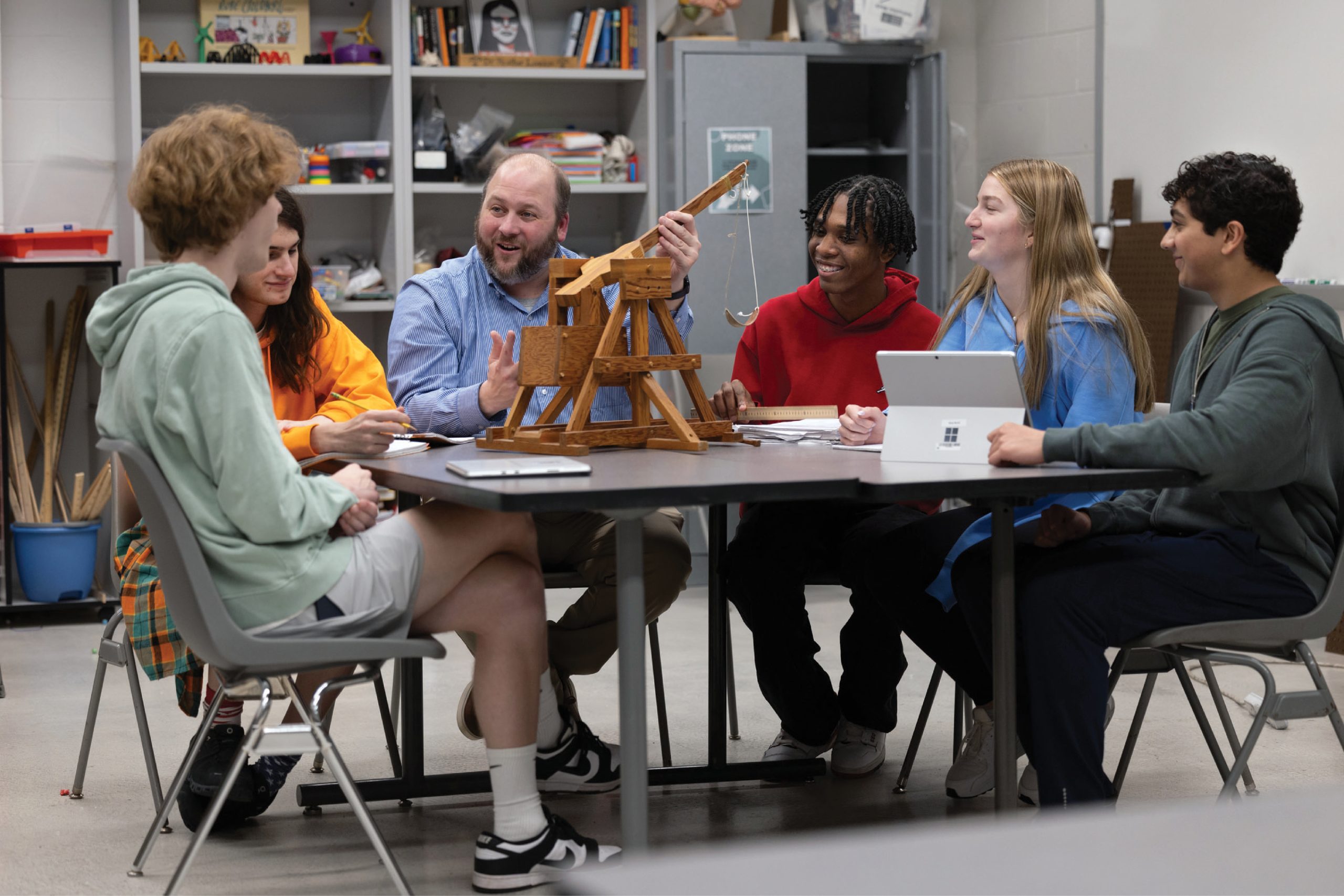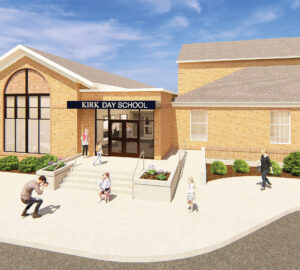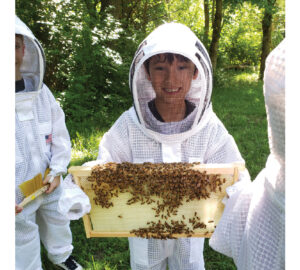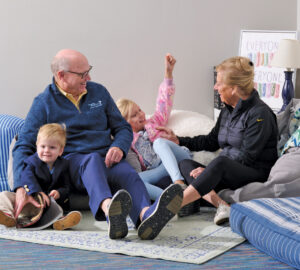 There is no questioning the importance of science, technology, engineering and math in today’s world. According to the National Science Foundation, around 40 million people are employed in STEM careers, accounting for around 24% of the U.S. workforce. And that number is only predicted to grow in coming years. It’s critical that students have access to an engaging STEM curriculum, regardless of their future career path. The Whitfield School in Creve Coeur encourages its students to cultivate an expanded perspective on STEM subjects through practical application and hands-on projects.
There is no questioning the importance of science, technology, engineering and math in today’s world. According to the National Science Foundation, around 40 million people are employed in STEM careers, accounting for around 24% of the U.S. workforce. And that number is only predicted to grow in coming years. It’s critical that students have access to an engaging STEM curriculum, regardless of their future career path. The Whitfield School in Creve Coeur encourages its students to cultivate an expanded perspective on STEM subjects through practical application and hands-on projects.
“Our STEM curriculum helps students understand the practical experience of living in a world where it’s necessary to know and use these concepts,” teacher Andrew Asikainen notes. “STEM is going to be a big part of what they do in the future. We want them to know what it means to take on these careers and have experience exploring these subjects in depth.” Asikainen has been at Whitfield for 25 years, teaching math, physics and computer science.
One unique aspect of Whitfield’s STEM offerings is its Accelerated Physics curriculum. The two-year course explores topics like fluidics, thermodynamics, magnetism and optics, equipping students with a deeper understanding of the concepts and developing the proficiency needed for higher education study of the subject. “Our Accelerated Physics class goes beyond an A.P. course, really letting students dive into the principles they learn in Physics I,” Asikainen explains. “For example, when covering reflection and refraction, the students make holograms. It’s a hands-on physical application that helps them to fully understand the concepts.”
In Accelerated Physics, one of the final projects is building working trebuchets. Students start with initial sketches before refining their designs and building scale models to test their concepts. Following that, they craft their trebuchets from raw materials in Whitfield’s woodshop. On launch day, students are challenged to use the final product to send a water balloon 50 meters. To further incentivize success, faculty members serve as targets. “The project is really a culmination of the physics curriculum,” Asikainen says. “Students have to demonstrate conceptual understanding and practically apply concepts like torque, circular motion, leverage, potential and kinetic energy, conservation and more.”
Projects like building trebuchets not only help students develop proficiency in math and science. Experiential learning opportunities also push them to build important skills like creative thinking, problem solving, communication, time management and teamwork. “Students start with a concept that they have to continuously adapt during the design and construction process,” Asikainen says. “It takes a lot of perseverance to take something on paper and turn it into something physical.”
Asikainen is excited to see that enrollment in the Accelerated Physics program has increased for this school year. It shows that the hands-on curriculum is making a difference in engaging students in STEM subjects. “Experiences like the trebuchets really resonate with students,” he notes. “When they are excited about learning, it energizes them to take on challenges and think creatively. It empowers them to take an active role in their education and really dive into important concepts.”
The Whitfield School is an independent, coeducational college preparatory day school for grades six to 12. It endeavors to cultivate ethical, confident and successful students in a community of innovation, collaboration and trust. Pictured on the cover: Accelerated Physics students build working trebuchets with teacher Andrew Asikainen. For more information, call 314.434.5141 or visit whitfieldschool.org.
Cover design by Julie Streiler
Cover photo by Geoff Story








